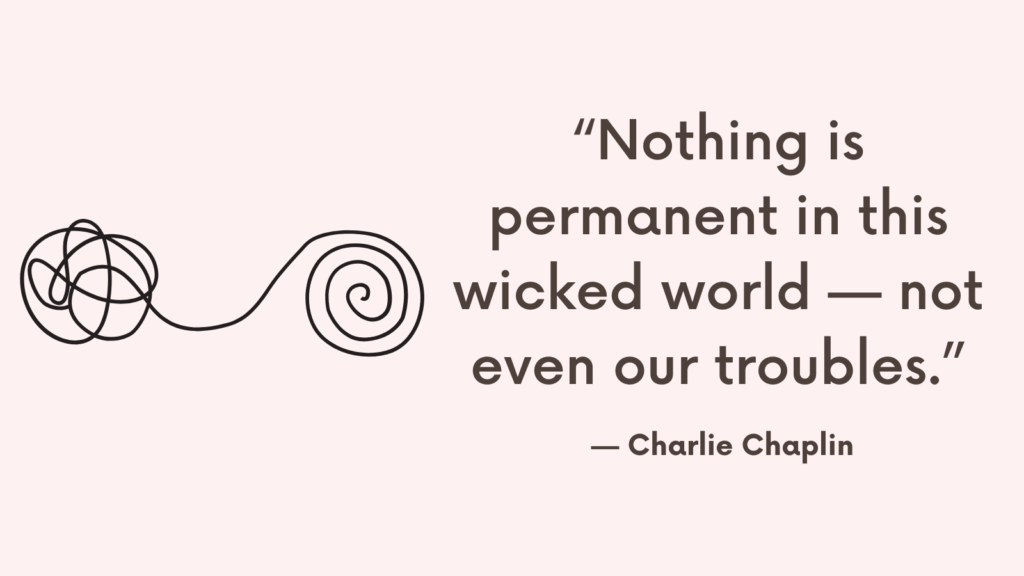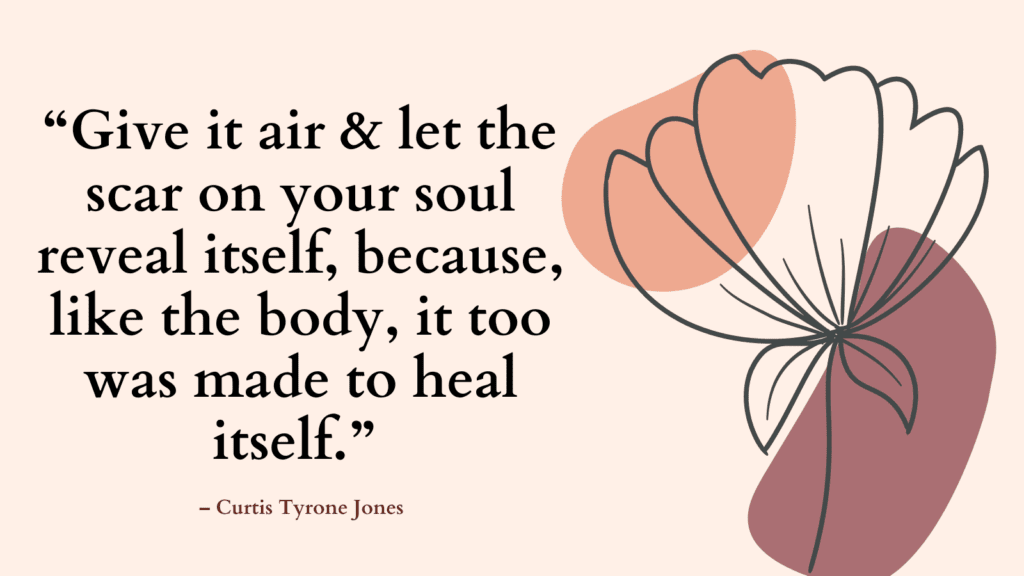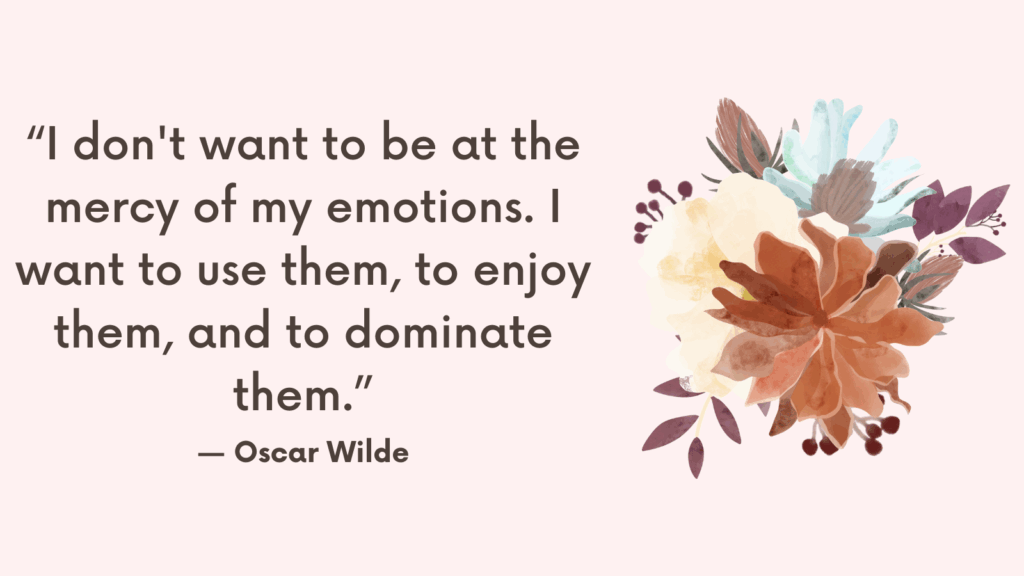In this post, you’ll find ideas about what to say to someone with anxiety attack over text.
What Is An Anxiety Attack?
An anxiety attack is an intense and sudden episode of overwhelming fear or distress.
It is usually accompanied by physical symptoms such as chest pain, shortness of breath, heart palpitations, trembling, sweating, dizziness, and a sense of impending doom.
During an anxiety attack, individuals may experience a surge of intense fear or discomfort that peaks within minutes and gradually subsides.
It can be an extremely distressing experience, often causing a person to feel out of control or as if they are having a medical emergency.
Anxiety attacks can be triggered by various factors, including stress, specific phobias, traumatic experiences, or even without any apparent trigger.
They are typically associated with anxiety disorders, such as panic disorder or generalized anxiety disorder, but can also occur in individuals without a diagnosed anxiety disorder.
It’s important to note that an anxiety attack is different from everyday feelings of stress and anxiety.
While anxiety attacks can be debilitating, they are generally time-limited and resolve on their own.
However, recurring or severe anxiety attacks may warrant professional help and intervention to address the underlying causes and develop appropriate coping strategies.
Related: Top 10 Practical CBT Exercises For Generalized Anxiety Disorder Relief
Anxiety Attack vs. Panic Attack
In general, an anxiety attack is thought to be a less severe and more prolonged episode of heightened anxiety or worry.
It may involve symptoms such as increased heart rate, restlessness, difficulty concentrating, irritability, muscle tension, and an overall sense of unease.
Anxiety attacks are often triggered by specific stressors or situations and may last for hours, days, or longer.
On the other hand, a panic attack is typically described as a sudden, intense surge of fear or discomfort that reaches its peak within minutes.
During a panic attack, individuals may experience symptoms such as a rapid heartbeat, chest pain, difficulty breathing, trembling, sweating, dizziness, hot flashes, chills, and a sense of impending doom or loss of control.
Panic attacks can occur unexpectedly or in response to certain triggers and are often accompanied by a fear of having additional attacks.
Related: How To Overcome Agoraphobia Without Medication? 9-Step Guide To Control Panic Attack In Public
What To Say To Someone With Anxiety Attack Over Text
1. “I’m here for you. You’re not alone in this, and we’ll get through it together.”
Reassuring them of your support and presence can provide comfort during moments of anxiety and help them feel less isolated.
2. “Take deep breaths. Inhale slowly, exhale deeply. Focus on your breath.”
Deep breathing exercises can help activate the body’s relaxation response, calming the nervous system and reducing anxiety symptoms.
3. “Remember, this feeling is temporary. It will pass.”
Reassuring them that anxiety attacks are transient and reminding them that they have successfully managed them before can help alleviate their distress.
4. “Try to redirect your thoughts. Is there something you enjoy doing or a positive memory you can focus on?”
Encouraging distraction and refocusing attention onto something positive or enjoyable can help shift their mindset away from anxiety-inducing thoughts.
Related: High Functioning Anxiety Test (& How To Support Anxiety Recovery)
5. “Consider using grounding techniques. Focus on your senses – what can you see, hear, smell, taste, and touch?”
Grounding techniques can help anchor someone in the present moment and divert their attention from anxious thoughts. Engaging the senses can provide a sense of stability and promote relaxation.
6. “Have you tried any relaxation exercises, like progressive muscle relaxation?”
Suggesting evidence-based relaxation techniques can assist in reducing anxiety symptoms, promoting physical and mental relaxation.
7. “It could be helpful to speak with a mental health professional who can support you further. Would you like me to help you find resources?”
Recognizing the potential benefit of professional support demonstrates your understanding and encourages them to seek additional assistance if needed.
8. “Focus on the present moment. What can you do right now to take care of yourself?”
Encouraging them to focus on the here and now can help divert their attention from anxious thoughts and empower them to engage in self-care activities.
Related: 30 Day Social Anxiety Challenge That Will Help You Feel More Confident
9. “Remember to practice self-compassion. It’s okay to feel anxious, and you’re doing the best you can.”
Reminding them that it’s normal to experience anxiety and validating their emotions can help alleviate any feelings of guilt or shame they may have.
10. “Consider keeping a journal to track your anxious thoughts and identify patterns. This can help you gain more control over them.”
Journaling can be an effective tool for individuals to process their thoughts and emotions, providing insights into triggers and coping strategies.
11. “Have you tried any relaxation apps or online resources? They can provide helpful techniques and guidance.”
Directing them towards reputable relaxation apps or online resources can give them access to a variety of evidence-based techniques that may assist in managing anxiety.
12. “Visualize a calming place or activity that brings you joy. Describe it to me in detail.”
Encouraging them to visualize a soothing environment or activity helps redirect their focus away from anxiety triggers and promotes relaxation.
Related: Impulsive vs Intrusive Thoughts (& How to Manage Them)
13. “Try to challenge any negative thoughts or self-critical beliefs. What evidence do you have that supports a different perspective?”
Helping them examine the validity of their anxious thoughts and explore alternative perspectives can help alleviate distress and promote more realistic thinking.
14. “Let’s identify some positive coping strategies that have worked for you in the past.”
Reflecting on their previous successes in managing anxiety can provide them with a sense of empowerment and remind them of effective tools they can utilize.
Remember, these suggestions may vary depending on the individual’s specific needs and preferences.
It’s important to adapt your approach based on their unique circumstances and to encourage them to seek professional help if needed.
Related: Journal Prompts For Anxiety (+FREE Anxiety Worksheets)

Tips For Helping Someone With Anxiety Attack
Here are some general guidelines to follow:
1. Stay calm: It’s important to remain calm yourself in order to provide a sense of stability during their anxious state. Your calm demeanor can help them feel safe and supported.
2. Create a safe environment: Remove any triggers or potential stressors from the immediate surroundings if possible. Find a quiet and comfortable space where they can relax.
3. Be present: Give them your full attention and actively listen to what they are saying. Offer reassurance that you are there for them and that they are not alone.
4. Validate their feelings: Acknowledge their emotions without judgment. Let them know that their anxiety is valid and understandable, and that it’s okay to feel this way.
5. Encourage deep breathing: Guide them to take slow, deep breaths, as this can help regulate their breathing and activate the body’s relaxation response.
6. Suggest grounding techniques: Recommend techniques such as focusing on the senses, counting objects in the room, or gently tapping their hands or feet to help divert their attention away from anxious thoughts.
7. Avoid dismissing or minimizing their experience: Refrain from saying things like “calm down” or “it’s not a big deal.” Instead, validate their feelings and let them know that their emotions are valid.
8. Respect their boundaries: Ask if they need anything specific or if they prefer to be left alone. Some individuals may find comfort in physical contact, while others might prefer space. Respect their personal preferences.
9. Offer practical assistance: If appropriate, ask if there is anything you can do to help, such as finding a mental health professional or providing information about local support resources.
10. Encourage professional help: If their anxiety attacks are frequent or significantly affecting their daily life, suggest seeking professional help from a therapist or counselor who specializes in treating anxiety disorders.
Remember that every individual’s experience with anxiety is unique, so it’s important to be understanding and respect their personal needs and boundaries. Encourage them to reach out for professional support and remind them that recovery is possible with appropriate help and self-care.
Related: What Causes Cognitive Distortions? (+Top 10 Common Cognitive Distortions & How To Challenge Them)

Conclusion
Everyone’s experience with anxiety is unique, so it’s essential to listen attentively and respond accordingly.
Approach the situation with empathy, patience, and understanding.



